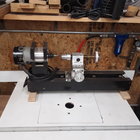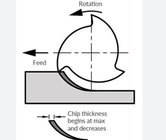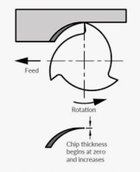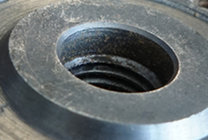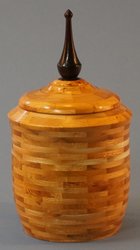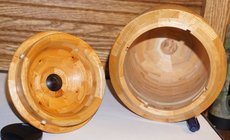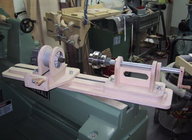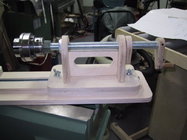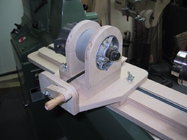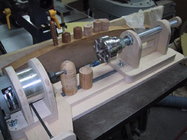I do use waste blocks when threading my small boxes. I do them on a mini lathe. If you buy the locking nuts, 1 by 8 tpi, turn out the plastic locking stuff, then face off the nut. It is a softer metal and cuts easily with standard M2 HSS. I then seat them in the waste block with 2 part epoxy. They do run more true then. The mass produced nuts are not 'precision' machined.
robo hippy
robo hippy

